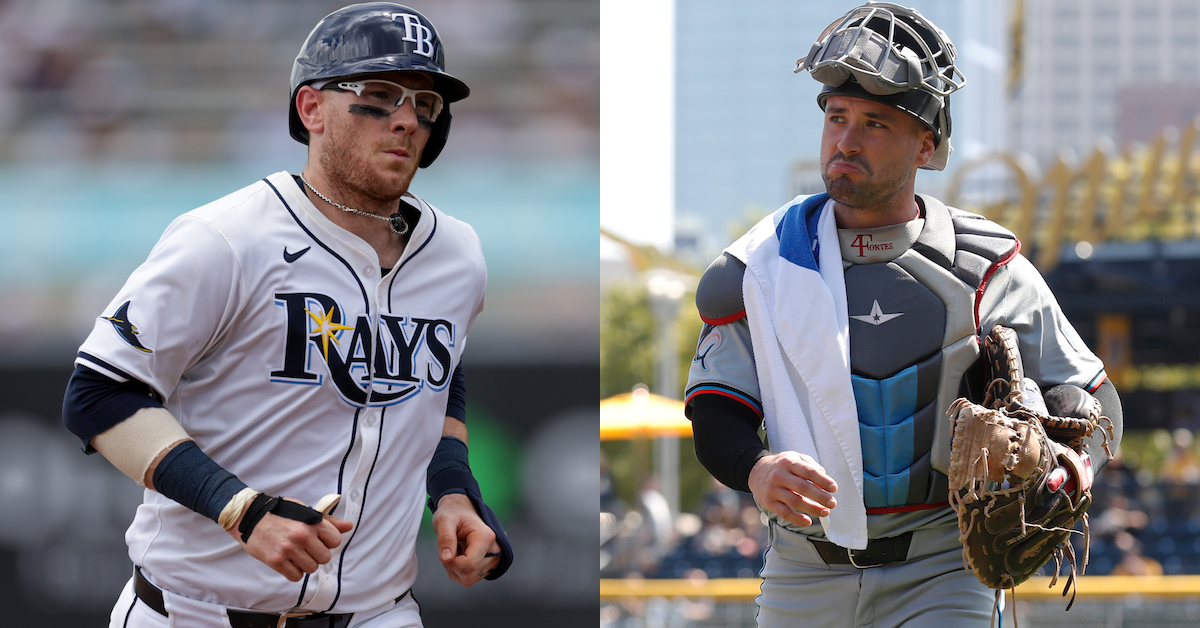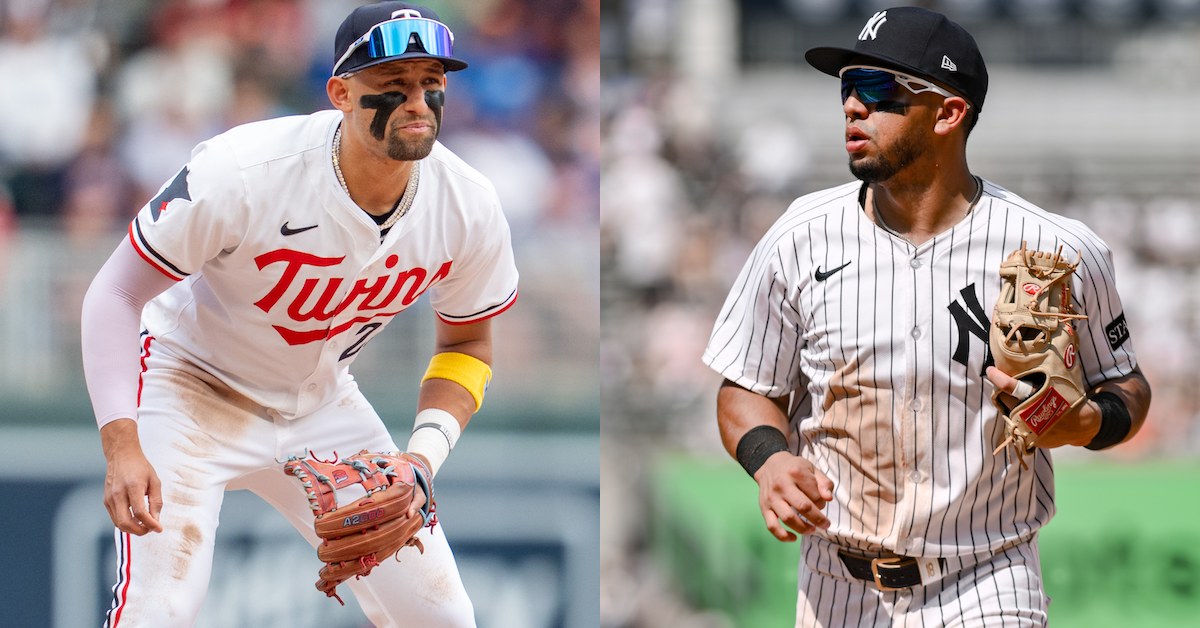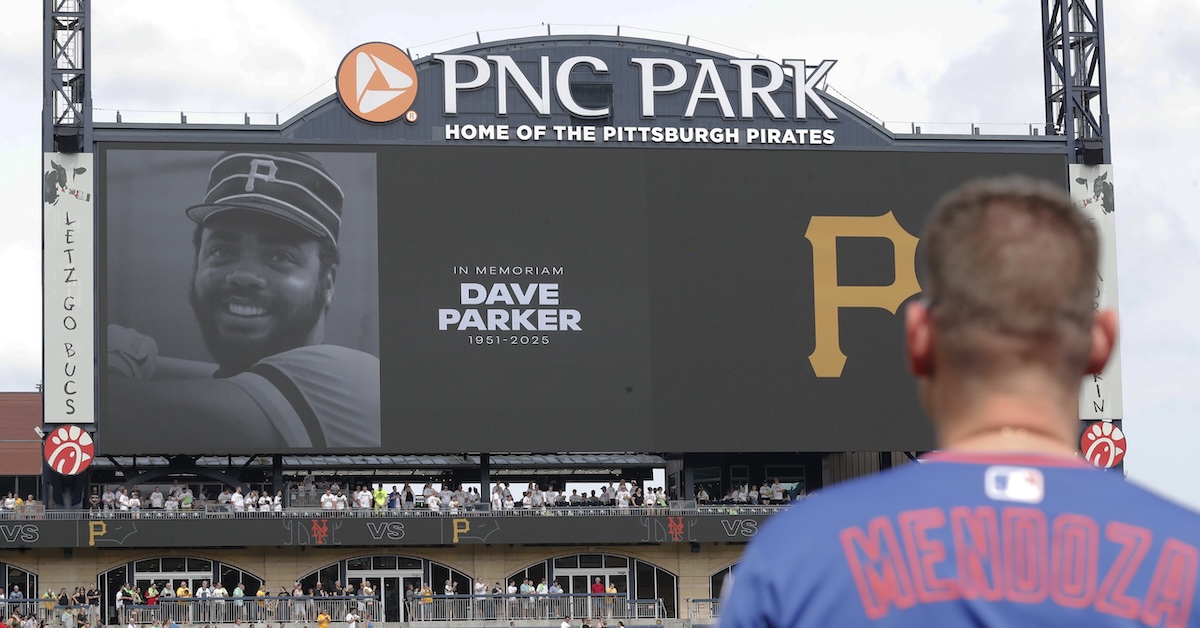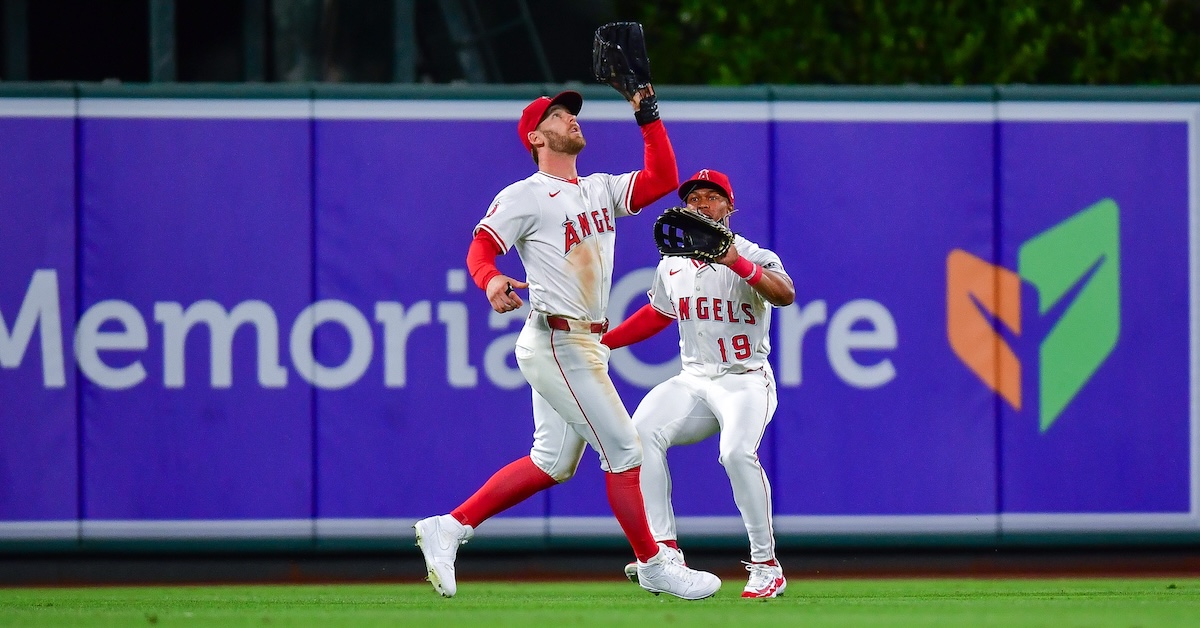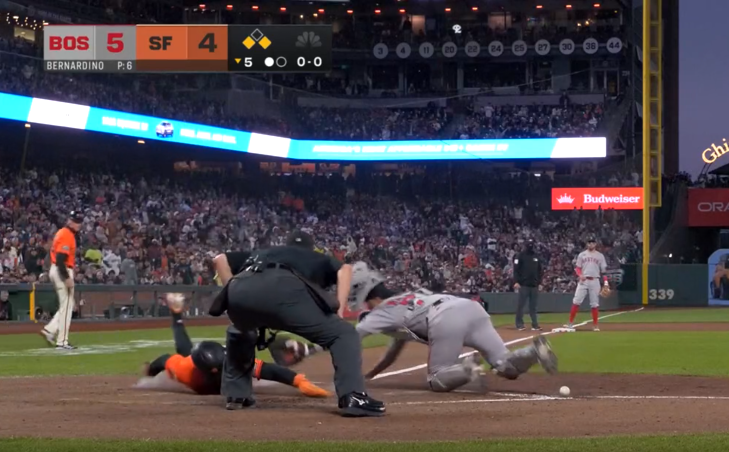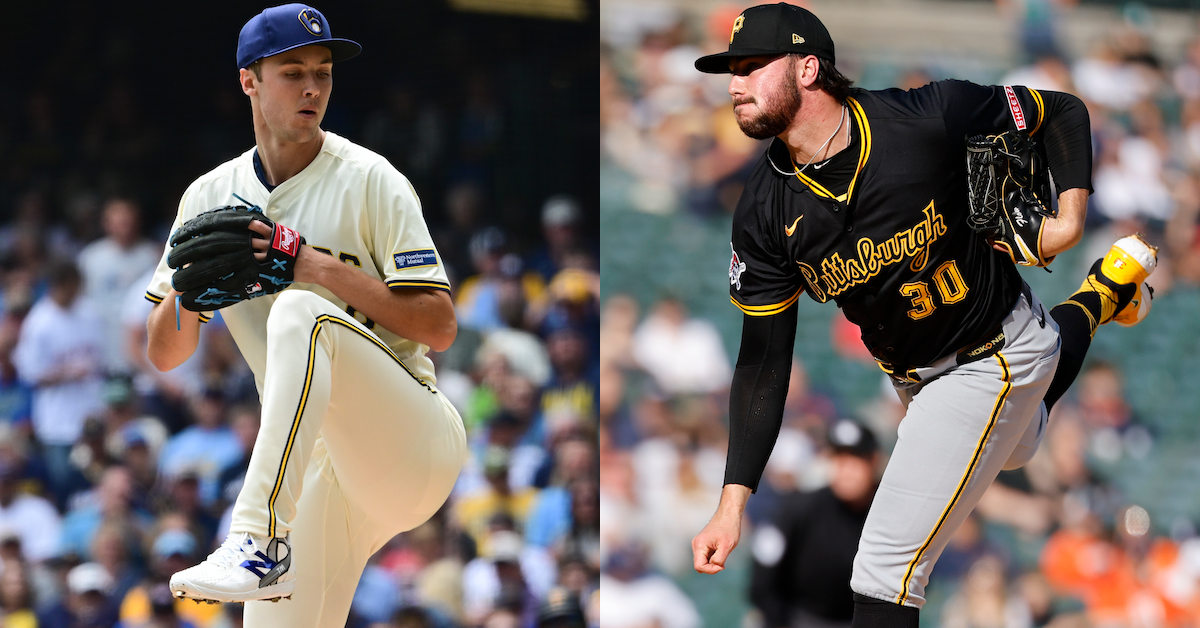Designer – User Interface/Experience Baseball Operations
Location: Milwaukee, WI
Job Description
The Designer – User Interface/Experience will deliver user-centered design solutions that balance operational goals and technical feasibility. They will partner closely with Baseball Operations software engineers, designers, and department leadership to shape, prototype, and create user experiences for enhancing existing web and mobile technologies and new tools.
Core duties for this role include, but are not limited to:
- Contribute to the design process from discovery and wireframing to mid- to high-fidelity visual design and software engineer engagement including but not limited to our Baseball Operations Internal Applications.
- Collaborate with baseball systems teams to ensure platforms are feasible, translatable and functional for our users.
- Conduct user research, user usability and competitive analysis to inform design decisions when assessing and updating our platforms.
The ideal candidate will have a degree in Human-Computer Interaction (HCI), Design, Computer Science, or a related field and 2 to 5 years of professional UX/UI design experience. or related experience and/or training; or equivalent combination of education and experience.
Our Team
Baseball Systems is the software backbone of Baseball Operations. We provide data and decision-making tools for analysts, coaches, and front office personnel to help win a World Series. Our department consists of a team of data engineers and a team of software engineers who work across all different aspects of Baseball Operations providing support and tools relevant to each group. We work directly with stakeholders in every department of Baseball Operations to ensure every project we work on drives value to the organization and helps us win more games on the field. We help drive technical innovation to find new ways to solve baseball problems.
Our Pitch
You come here to make a difference. We are a purpose-led organization, focused on building an inclusive and engaging culture that fosters excellence, collaboration, and ingenuity. We strive to be a model employer and cultivator of talent, empowering our teams to drive innovation through the inclusion of diverse thoughts, ideas, and perspectives. We operate at the highest standard of excellence, investing in the development of our staff across all levels and embracing differences through a culture of respect and understanding.
We are proud to offer a highly competitive perks and benefits package including:
- Exceptional health and dental rates, and fully covered vision package
- 401(K) match and an additional annual contribution from the Club
- Unlimited vacation time
- Paid parental leave
- Collaborative recognition program and incentives
- Leadership development programming
- Online educational platform for personal and professional development
- Employee Resource Groups
- Paid time off for volunteering
- Inclusive training and leadership development opportunities aligned with Club values
- Brewers Home Game tickets, promotional giveaways and other discounts!
For more information about our Crew, other benefits and insight into our Club culture please visit our Careers Page.
To Apply:
To apply, please follow this link
Software Engineer (Baseball Systems)
Job Description
The Software Engineer (Baseball Systems) will collaborate with the Systems team to assist in building features for our stakeholders. This position requires strong software development skills and experience, as well as a demonstrated ability for independent thought and the willingness to work within a team framework.
Core duties for this role include, but are not limited to:
- Deliver highly dependable, easy to use software while being part of a fast-moving team with supervision from department leadership.
- Maintain features that deliver information to stakeholders while collaborating with Data Engineering, Tech Operations, and Research & Development.
- Propose visualizations or interfaces that communicate the intended information to a broad audience throughout baseball operations.
The ideal candidate will have a bachelor’s degree (B. A.) in Computer Science, Information Systems, or related field from four-year college or university; and one- three years related experience and/or training; or equivalent combination of education and experience.
Our Team
Baseball Systems is the software backbone of Baseball Operations. We provide data and decision-making tools for analysts, coaches, and front office personnel to help win a World Series. Our department consists of a team of data engineers and a team of software engineers who work across all different aspects of Baseball Operations providing support and tools relevant to each group. We work directly with stakeholders in every department of Baseball Operations to ensure every project we work on drives value to the organization and helps us win more games on the field. We help drive technical innovation to find new ways to solve baseball problems.
Our Pitch
You come here to make a difference. We are a purpose-led organization, focused on building an inclusive and engaging culture that fosters excellence, collaboration, and ingenuity. We strive to be a model employer and cultivator of talent, empowering our teams to drive innovation through the inclusion of diverse thoughts, ideas, and perspectives. We operate at the highest standard of excellence, investing in the development of our staff across all levels and embracing differences through a culture of respect and understanding.
We are proud to offer a highly competitive perks and benefits package including:
- Exceptional health and dental rates, and fully covered vision package
- 401(K) match and an additional annual contribution from the Club
- Unlimited vacation time
- Paid parental leave
- Collaborative recognition program and incentives
- Leadership development programming
- Online educational platform for personal and professional development
- Employee Resource Groups
- Paid time off for volunteering
- Inclusive training and leadership development opportunities aligned with Club values
- Brewers Home Game tickets, promotional giveaways and other discounts!
For more information about our Crew, other benefits and insight into our Club culture please visit our Careers Page.
To Apply:
To apply, please follow this link


